How to Start a Vegetable Garden
Growing your own vegetables is one of the most rewarding hobbies, it saves money, provides fresh food, and connects you with nature. Whether you have a backyard, balcony, or just a sunny windowsill, this step-by-step guide will help you start a thriving vegetable garden in 2025.
1. Start Small & Simple
Why? A small garden is easier to manage and helps you learn without feeling overwhelmed.
Best Beginner-Friendly Vegetables:
✔ Lettuce – Fast-growing, great for containers.
✔ Radishes – Ready in just 3-4 weeks.
✔ Cherry Tomatoes – Compact varieties do well in pots.
✔ Spinach & Kale – Cold-hardy and low-maintenance.
✔ Green Beans – Bush varieties don’t need trellises.
How to Start Small:
- Use 3-5 containers (12-inch pots or fabric grow bags).
- Try a 4×4 ft raised bed for a manageable backyard garden.
- Focus on 3-5 easy crops in your first season.
Pro Tip: Success with a small garden builds confidence before expanding!
2. Choose the Right Location
Sunlight is key! Most vegetables need 6+ hours of direct sunlight daily.
Best Spots for a Vegetable Garden:
☀ South-facing areas (best sun exposure).
🏡 Balconies & Patios – Use containers if space is limited.
🪟 Windowsills – Great for herbs & microgreens.
Avoid:
❌ Shaded areas (under trees or buildings).
❌ Low spots (prone to flooding).
❌ Windy locations (can damage young plants).
Pro Tip: Track sunlight in your space for a few days before planting.
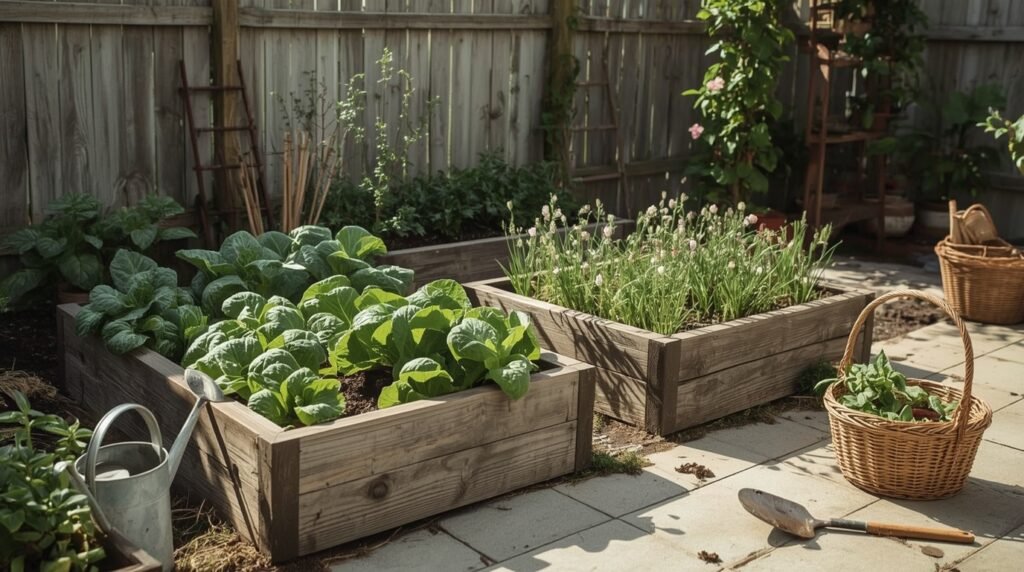
3. Test & Prepare Your Soil
Healthy soil = Healthy plants!
How to Check Your Soil:
- DIY Soil Test Kit (checks pH & nutrients).
- Drainage Test: Dig a hole, fill with water—if it drains in 1-2 hours, it’s good.
- Texture Test: Rub soil between fingers—loamy (crumbly) is best.
Improving Soil Quality:
- Add compost (boosts nutrients & drainage).
- Mix in perlite/sand (if soil is too dense).
- Use raised beds if ground soil is poor.
No yard? Use high-quality potting mix for containers.
4. Use Raised Beds or Containers
Ideal for small spaces, poor soil, or easy maintenance.
Best Options:
🛏 Raised Garden Beds (4×4 ft is a great starter size).
🪴 Fabric Grow Bags (affordable & great for root veggies).
🗑 Upcycled Containers (buckets, crates, barrels).
Best Vegetables for Containers:
🍅 Tomatoes (dwarf or patio varieties).
🥬 Lettuce & Spinach (shallow roots).
🌶 Peppers & Eggplants (compact varieties).
Pro Tip: Use self-watering containers if you travel often.
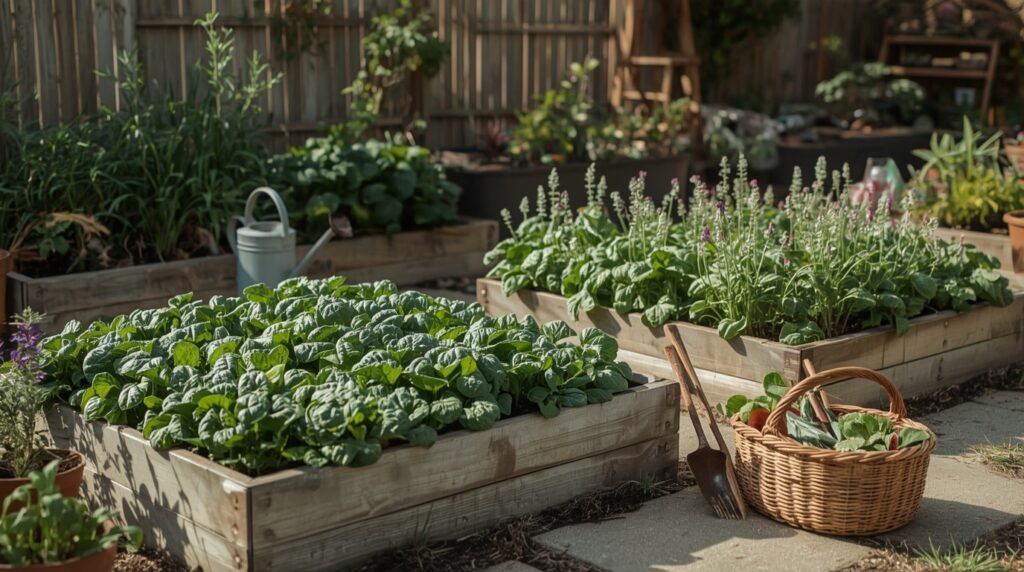
5. Plan Your Planting Layout
Smart spacing = Higher yields!
Key Strategies:
✅ Companion Planting (e.g., tomatoes + basil).
✅ Vertical Gardening (trellises for cucumbers & peas).
✅ Succession Planting (replace harvested crops with new ones).
Sample Layout for a 4×4 Raised Bed:
| Plant | Spacing |
|---|---|
| Tomatoes (2) | 24″ apart |
| Basil (4) | 8″ apart |
| Lettuce (6) | 6″ apart |
| Carrots (16) | 3″ apart |
Pro Tip: Use a free garden planner app (like Planter or Gardenate).
6. Water Wisely
Overwatering kills more plants than underwatering!
Best Practices:
💧 Water in the early morning (reduces evaporation).
🌱 Use mulch (straw, wood chips) to retain moisture.
🖐 Finger Test: If top 1-2 inches are dry, water deeply.
Water Needs for Common Veggies:
🥬 Leafy Greens – Keep soil consistently moist.
🍅 Tomatoes/Peppers – Water deeply 2-3x/week.
🥕 Root Veggies – Even moisture (avoid drying out).
Pro Tip: Install a drip irrigation system for efficiency.
7. Choose the Right Seeds or Seedlings
Not all plants are equal—pick the best for your climate!
Seed vs. Seedling?
🌱 Seeds – Cheaper, more variety (best for beans, carrots, radishes).
🌿 Seedlings – Faster harvest (great for tomatoes, peppers).
Where to Buy:
- Local nurseries (best for climate-suited plants).
- Online seed companies (Baker Creek, Burpee).
Pro Tip: Look for disease-resistant varieties (e.g., “Tomato ‘Celebrity'”).

8. Be Patient & Observe Daily
Gardening is a learning process!
What to Monitor:
🐛 Pests (aphids, caterpillars, remove by hand or use neem oil).
🍂 Yellow leaves (could mean overwatering or nutrient deficiency).
🌞 Sunburn/Wilting (adjust shade/water as needed).
Pro Tip: Keep a garden journal to track progress!
🛒 5 Must-Have Starter Garden Tools
- Fabric Grow Bags – Lightweight & great for root veggies.
- Raised Bed Kit – Easy setup for backyard gardens.
- Organic Compost – Boosts soil fertility naturally.
- Self-Watering Stakes – Perfect for busy gardeners.
- Beginner Tool Set (trowel, pruners, gloves).
✅ FAQ: Starting a Vegetable Garden
Q1: What’s the easiest vegetable to grow for beginners?
A: Lettuce, radishes, and green beans are foolproof!
Q2: Can I grow vegetables in shade?
A: Some (like spinach & kale) tolerate partial shade, but most need 6+ hours of sun.
Q3: How often should I fertilize?
A: Every 3-4 weeks with organic fertilizer (compost tea or slow-release pellets).
Q4: When is the best time to plant?
A: Spring & Fall (avoid extreme heat/frost). Check your USDA Hardiness Zone for exact dates.
Q5: How do I keep pests away naturally?
A: Neem oil, companion planting (marigolds), and hand-picking bugs work well!
Best Plants for Small Spaces: Easy Container Gardening Ideas 2025
🌱 Final Thoughts
Starting a vegetable garden doesn’t require a green thumb—just planning, patience, and a little dirt under your nails! Whether you’re growing herbs on a balcony or tomatoes in a raised bed, 2025 is your year to harvest homegrown goodness.
Happy Gardening!



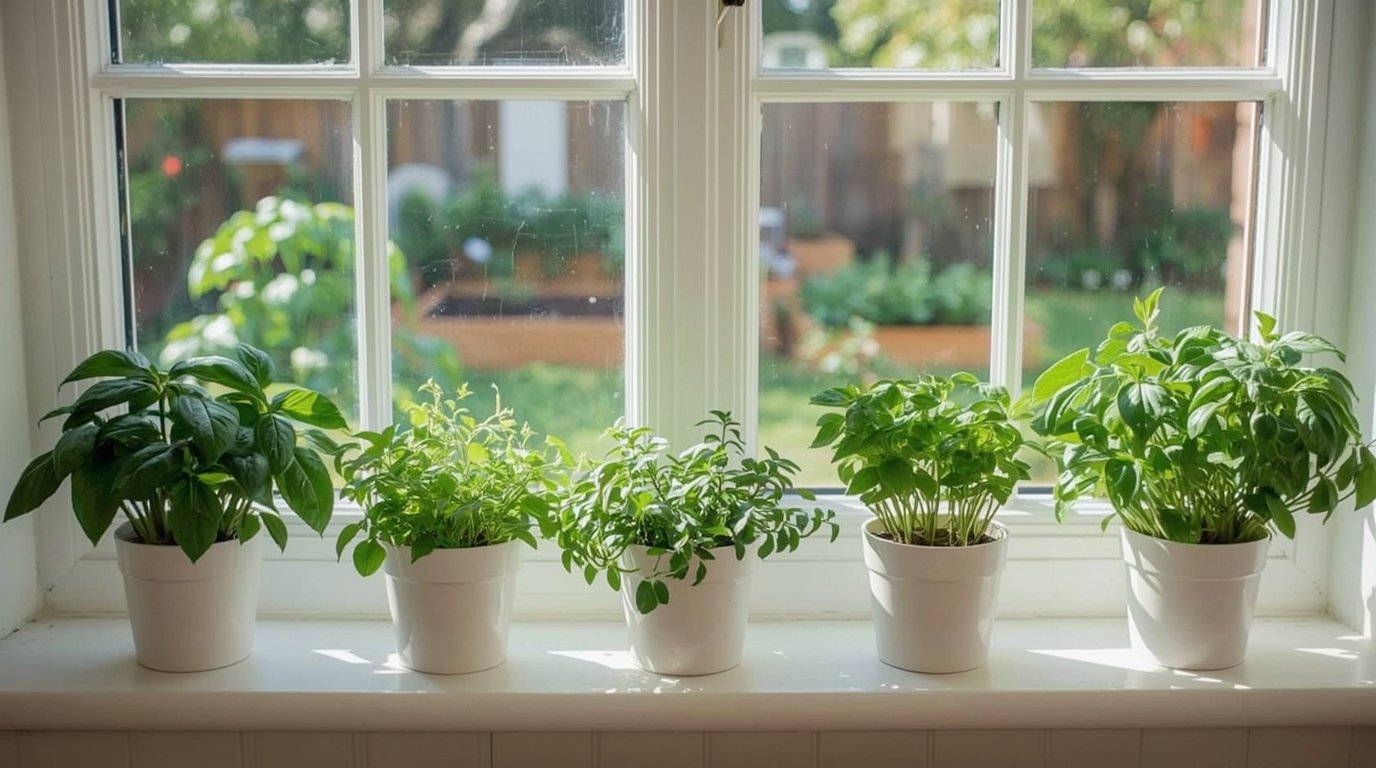


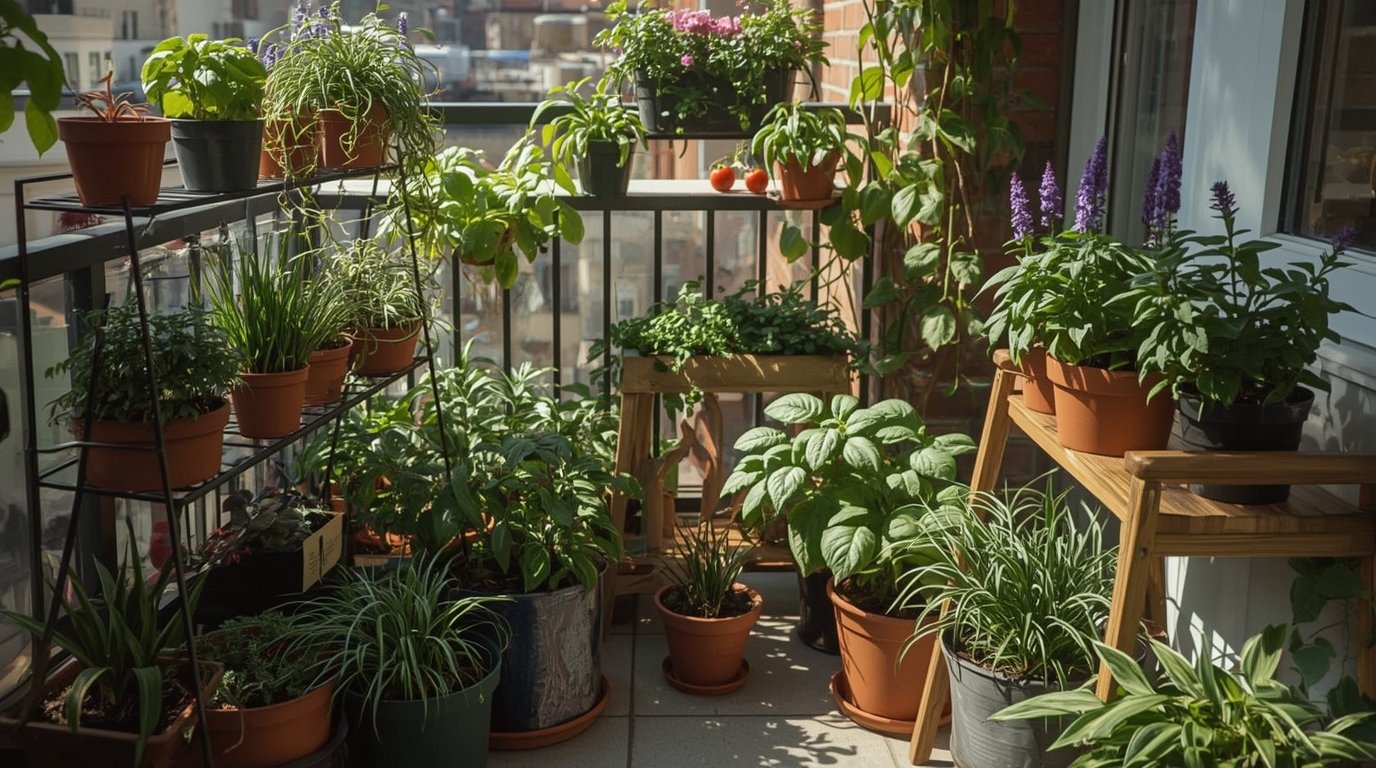
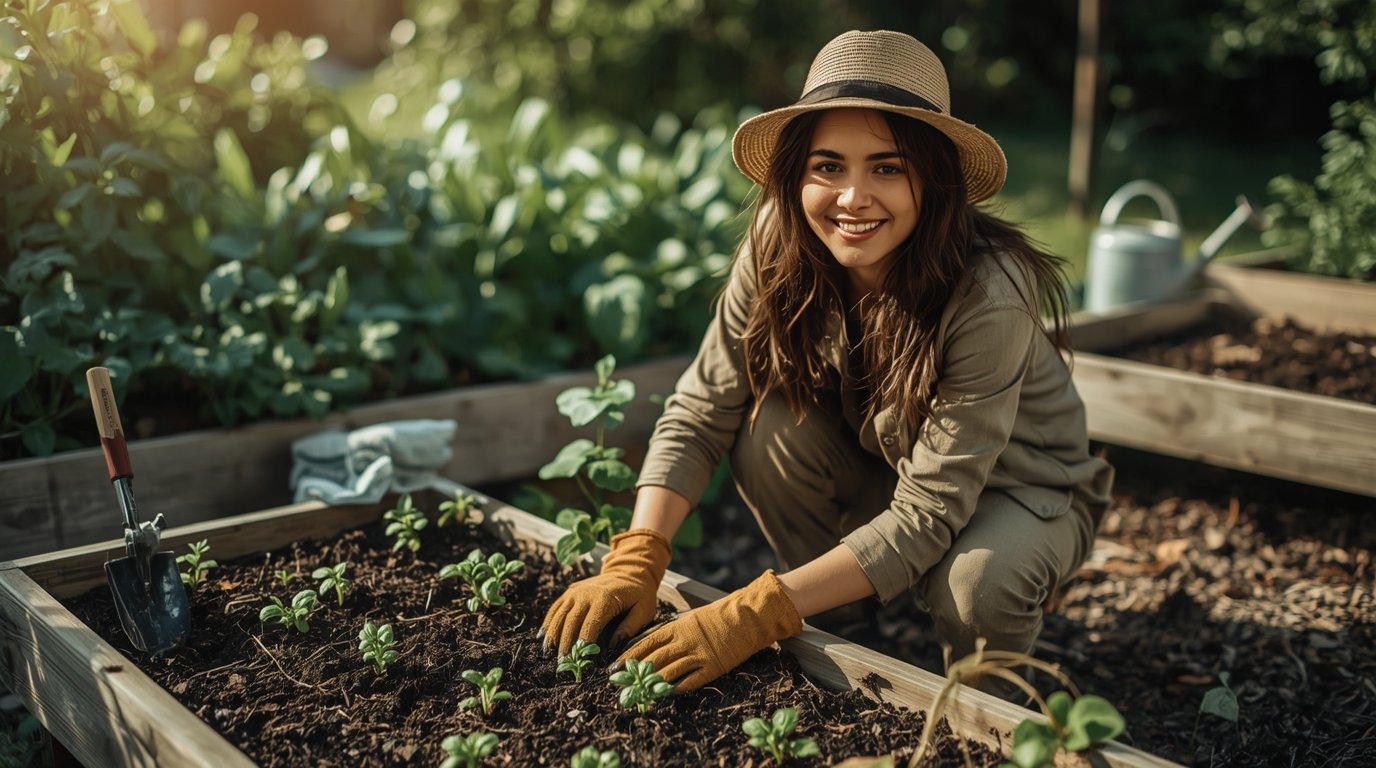

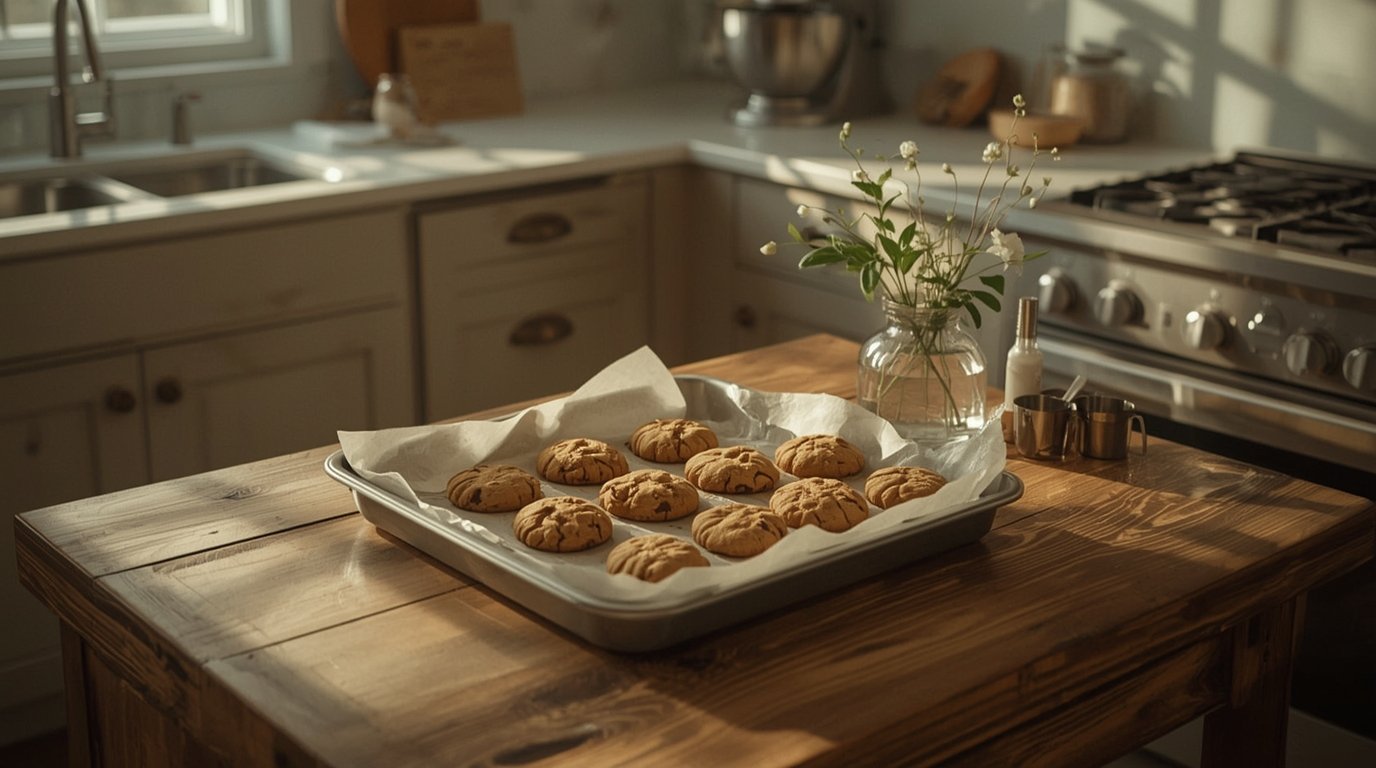


Leave a Reply